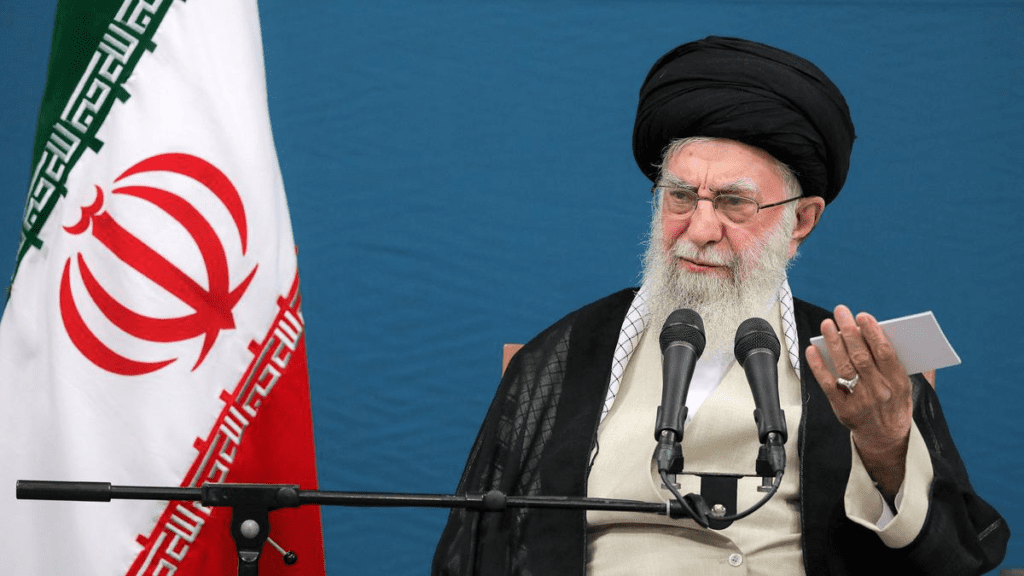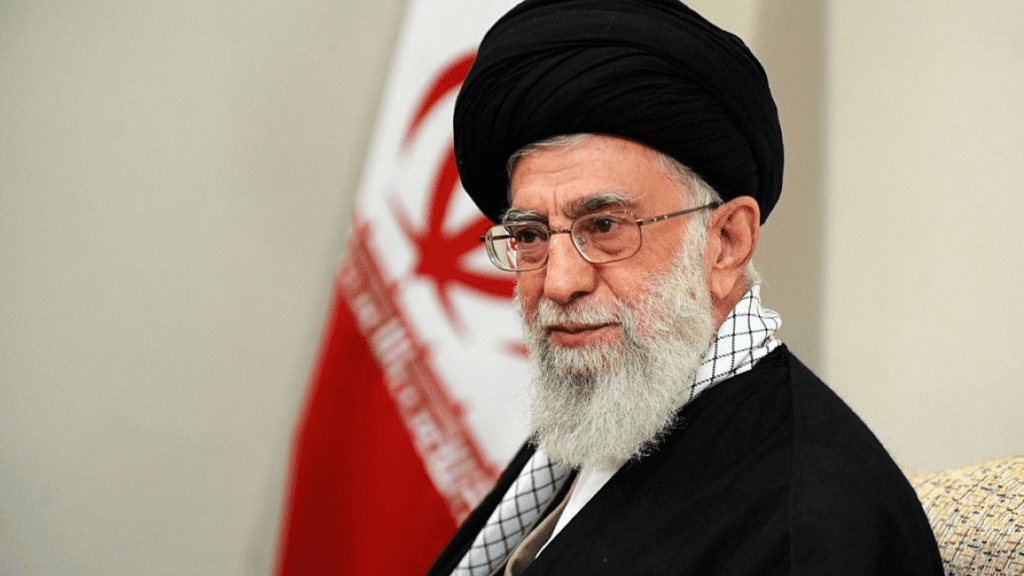Understanding Iran’s Supreme Leader Ayatollah Ali Khamenei: An Inside Look at Leadership and Legacy
Table of Contents

Ayatollah Ali Khamenei has been one of the prominent figures in the political and religious history of the nation for more than three decades. He has been at the top of the list of Iran’s leaders since 1989 and has been instrumental in the country’s domestic and foreign policies and ideological orientations. Here, we are going to discuss his rise to power, how he governed his significant policy decisions, and all the controversies concerning his leadership.
Early Life and Rise to Power
Ali Khamenei was born on July 17, 1939, in Mashhad, a holy city in northeastern Iran. He was the offspring of a clerical family whose father taught him religious teachings from Shia Islam. At an early age, Khamenei indicated his interest in religious scholarship and political activism. He learned from renowned clerics, such as Ayatollah Ali Khamenei, whose leadership spearheaded the Islamic Revolution of 1979.
Ali Khamenei was active in the Iranian revolutionary movement against the Shah of Iran, Mohammad Reza Pahlavi, during the 1960s and 1970s. As an activist, he was arrested many times and exiled several times. The Islamic Revolution of 1979 brought Khomeini to power, forced the monarch out of the way, and took down the Pahlavi monarchy. Ali Khamenei became a rapid Friday prayer leader of Tehran, followed by the Minister of Defense and then President of Iran from 1981 to 1989.
During his lifetime, after Khomeini died in 1989, Ali Khamenei was appointed Supreme Leader, which combined religious and political influence, making him the ultimate decision-maker in the Islamic Republic.
Governance Style and Ideology
The leadership of Ali Khamenei is characterized as a combination of pragmatism and ideological rigidity. As the Supreme Leader, Khamenei has absolute authority over each branch of government, the military, and judiciary. He also plays the part of Commander in Chief for the armed forces and a spiritual leader for the nation.
His governance style is very much founded on the tenets of Vilayat-e-Faqih (Guardianship of the Islamic Jurist)—the ideological apparatus developed by Khomeini. Under this system, clerical authority supplants secular governance, so the law of Islam assumes a central role in Iranian life and politics.
While Ali Khamenei adopted a conservative approach toward domestic policy, he has at times been flexible. During the presidency of Hassan Rouhani, he supported nuclear negotiations with Western powers, indicating his adaptability when national interests were involved.

Key Policies and Initiatives
1. Resistance Economy
He has been reiterating a “resistance economy,” urging Iran to reduce its dependence on foreign imports and as much independence as possible. This policy promoted by the leadership gained momentum when international sanctions were levied on Iran against its nuclear program.
2. Foreign Policy: Anti-Western Posture
A cornerstone of Ali Khamenei’s foreign policy is his staunch opposition to U.S. influence in the Middle East. He has championed the Palestinian cause and supported anti-Western alliances, aligning Iran with groups like Hezbollah and governments such as those in Syria and Venezuela.
3. Nuclear Program
The nuclear program initiated by Ali Khamenei has remained a source of pride for the country as well as an international controversy. He claims that the nuclear program is used for peaceful purposes, and Western nations have accused Iran of building nuclear weapons, making them pursue years of sanctions and diplomatic standoffs.
4. Social Policies
Domestically, Ali Khamenei has kept conservative cultures alive, and even at times, reformist movements have experienced his opposition. His government implemented dress codes for women, limited free press, and suppressed dissension during the Green Revolution in 2009 and the more recent Mahsa Amini protests in 2022.
Controversies and Criticisms
There have been no shortcomings or controversies Ali Khamenei has had to suffer during his tenure. He is accused of pacifying political dissent and ensuring that freedoms are curtailed. His IRGC, said to be at his beck and call, has been involved in gross human rights violations and silencing opposition voices.
One of the strongest criticisms of Iran’s political system is that there is hardly any scope for accountability. Ali Khamenei, as Supreme Leader, would never face an open election process or scrutiny and hence enjoys immunity to direct criticism within the country. Controls on the judiciary and media further have curtailed avenues for dissent.

Support Base and Challenges
In summary, what sustains Khamenei is mainly composed of the conservative clerics, the IRGC, and a chunk of the rural population who enjoy state subsidies and ideological justification for his vision. Growing discontent and outcry from the urban youth, intellectuals, and reformists have characterized his leadership.
Economic hardship, in part due to sanctions and mishandling by the government, propels the discontent. Scenarios such as that in 2019 when the government increased fuel prices and then in 2022 relating to the death of Mahsa Amini cite the growing gap between the leadership of Iran and the masses.
Legacy and Future Prospects
Just as the exact twilight hours of his leadership linger close to being reached, speculation over his successor looms large. His legacy will be a strange mix of unyielding anti-imperialism and domestic conservatism. While he kept Iran sovereign and expanded its regional influence, his critics reply with charges that he has kept Iran isolated, blocking progress.
The next Supreme Leader, whoever he may be, will inherit a polarized nation facing economic hardships, a restless youth population, and strained international relations. Whether the future leadership will continue to adhere to the hardline stance of Khamenei or take a more reformist approach remains to be seen.
ALSO READ: “Independence Day Row: Kejriwal vs. Kailash Gahlot and the Rift Within AAP.”
Ayatollah Ali Khamenei’s leadership has profoundly shaped the trajectory of modern Iran. As a figure revered by some and reviled by others, he embodies the complexities of a nation at the crossroads of tradition and modernity. Understanding Khamenei’s ideology and policies provides valuable insights into the challenges and opportunities facing Iran today.
Whether Ali Khamenei is perceived as a guardian of the Islamic creed or as an autocrat who opposes change, his legacy inevitably stamps Iran’s history. As people around the world watch Iran shape itself, his legacy will continue to determine the direction of the current situation for years to come.



